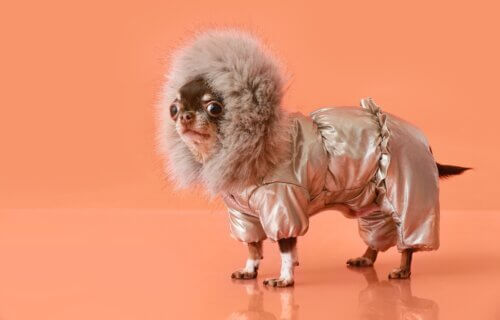Keeping your furry friend safe and comfortable during cold weather is essential, especially certain breeds. There are many reasons why some breeds dislike winter, from anxiety issues to reasons involving their age and health. Many dog breeds hate the cold, but what makes this group stand out is their genetic need to keep themselves warm and toasty. With that being said, the dogs on our list are the top seven worst dogs for cold climates that simply cannot stand chilly temperatures.
Which pups should you avoid if you live in a cold climate? To help you out, StudyFinds researched across eight expert sources to find seven of the worst dog breeds for cold climates that were mentioned most. If you have a dog we missed, please let us know in the comments below.
➡️ How Our “Best Of The Best” Lists Are Created
StudyFinds’ “Best of the Best” articles are put together with the idea of taking the work out of common consumer research. Ever find yourself searching for a product or service on Google and reading multiple reviews to find items listed across many of them? Our Best of the Best lists are created with that process in mind, with each item ranked by how frequently it appears on expert reviews or lists. With Best of the Best, you are getting consensus picks — making them truly the best of the best!
The List: Worst Dog Breeds For Cold Climates, According To Canine Experts
1. Chihuahua
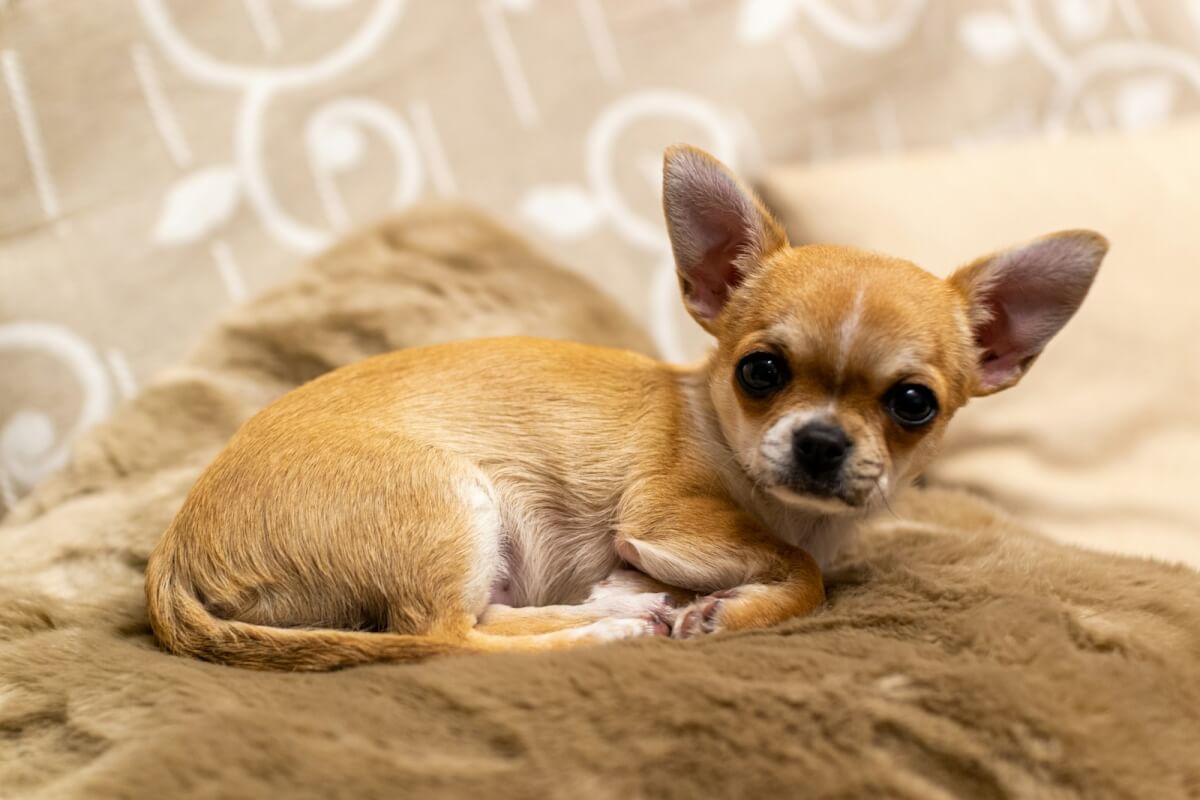
Are you surprised? These little guys have close to no fur to keep them warm. They are from Mexico, so they are definitely used to the warmth. They will not stand for cold weather, but can you blame them for their small stature? Treat Your Dogs tells us that Chihuahuas were the inspiration behind waterproof dog coats. How cute!
If you have been around a Chihuahua, you may have noticed how they shake. Most people assume it is because they are scared. Most of the time, they shake because they are cold, according to Greenfield Puppies.
A Chihuahua’s playful spirit may have them playing in the snow for a little bit, but you can bet they’ll get cold soon and seek warmth. They are many things, but weatherproof is not one of them. A-Z Animals says, “forget just one sweater, Chihuahua’s might need multiple layers to actually enjoy outdoor time in the winter.
2. French Bulldog
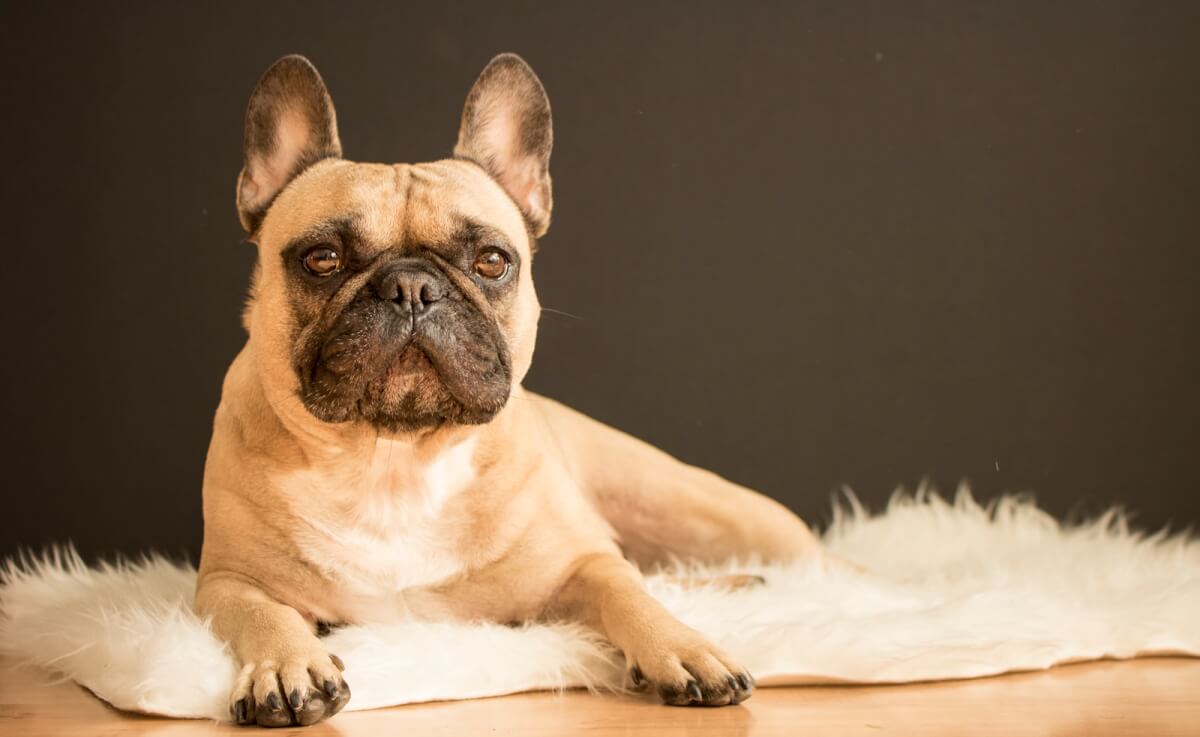
The French Bulldog is a brachycephalic breed, so they require layers to regulate their body temperature. Like Chihuahuas, they benefit from wearing a cute little doggy coat. Treat Your Dogs suggests even a hoodie or padded waterproof coat along with it.
These little sweeties have trouble breathing in the heat due to their short snout, but it also affects their breathing in the cold. Future owners should be aware that they are sensitive to respiratory problems. According to Greenfield Puppies, the common cold can escalate into something dangerous for Frenchies.
Keep your Frenchie’s sleeping space away from a draft. Additional tips to keep Bulldogs safe in the cold is to keep their walks short and watch for signs of discomfort. Bark makes sure readers know that they prefer to run around in your warm home than romp around in chilly winter weather.
3. Greyhound
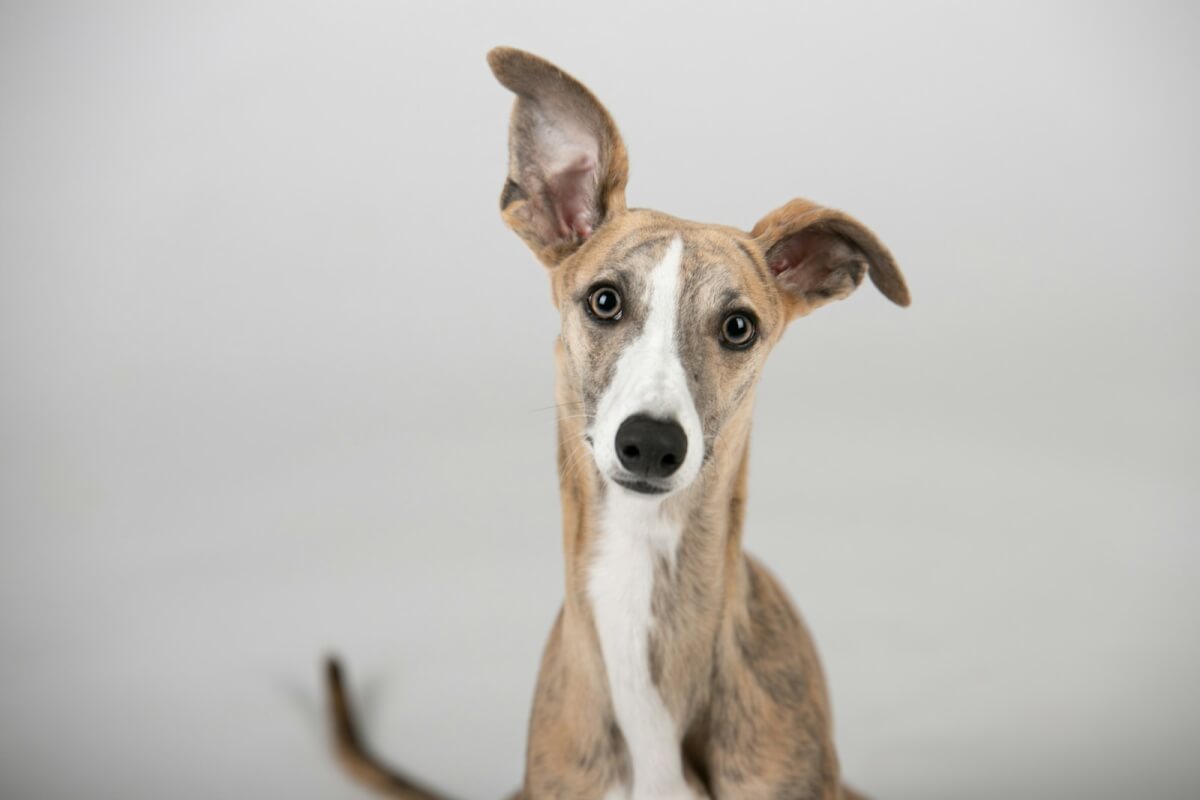
Because Greyhounds are thin with short coats, they can really feel the cold. They should wear outer wear from fall until spring. Treat Your Dogs says owners should even up it with a waterproof coat when it is extreme weather.
Greyhounds are great racing dogs, but racing is typically done in warmer weather. They do love to run around and play, but because of their low body fat, they easily get the chilly willies. A-Z Animals says Greyhounds are a magnet for hypothermia.
4. Yorkshire Terriers
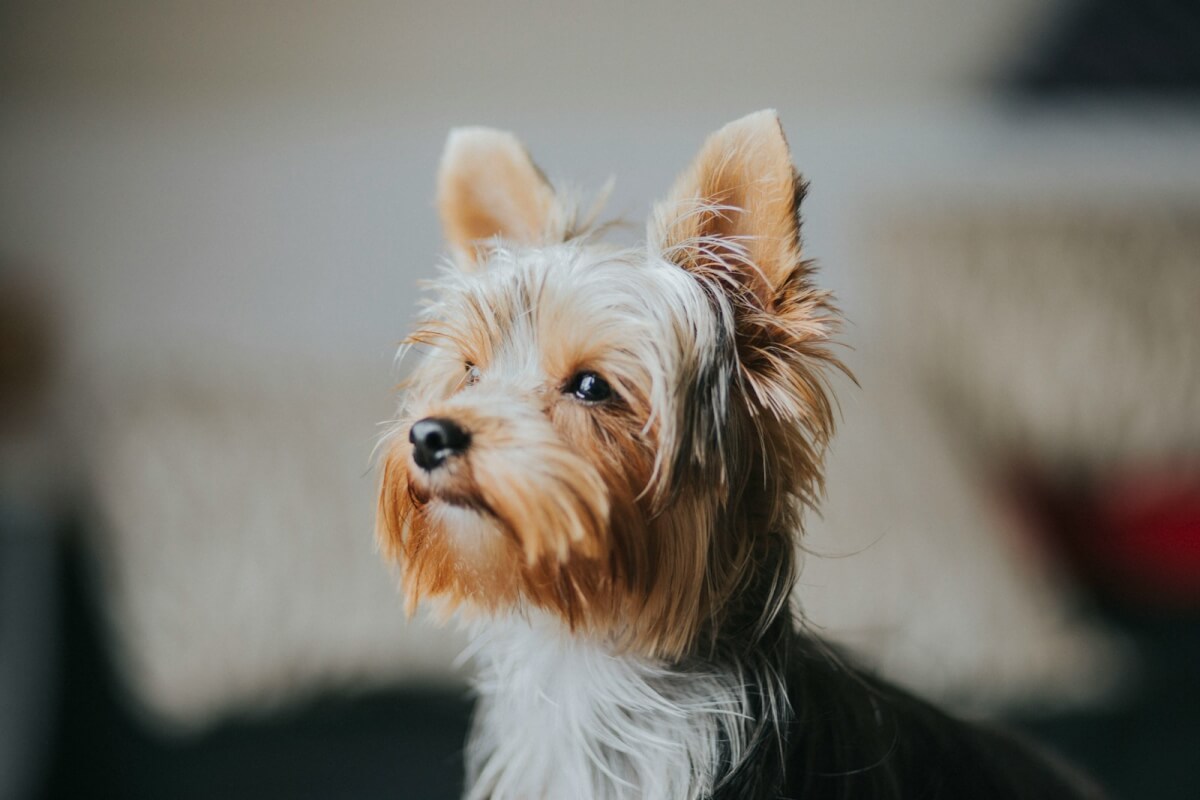
Terriers can typically deal with temperatures between 50 and 60 degrees, but anything below that and they’ll need to be protected. Treat Your Dogs agrees they need warmth from dog coats and clothing. These terriers have only one coat, which doesn’t give them the protection they need for warmth. If it is cold out, their classic playfulness tends not to last long. Greenfield Puppies claims that they would rather be inside cuddling with their human.
Besides companionship, this breed was designed for eliminating rodents in Victorian England. Unlike most dog hair, the Yorkie’s coat is hypoallergenic, but doesn’t provide much insulation (SheKnows). It’s the owner’s responsibility to keep these little fluff balls warm in the winter.
5. Whippets
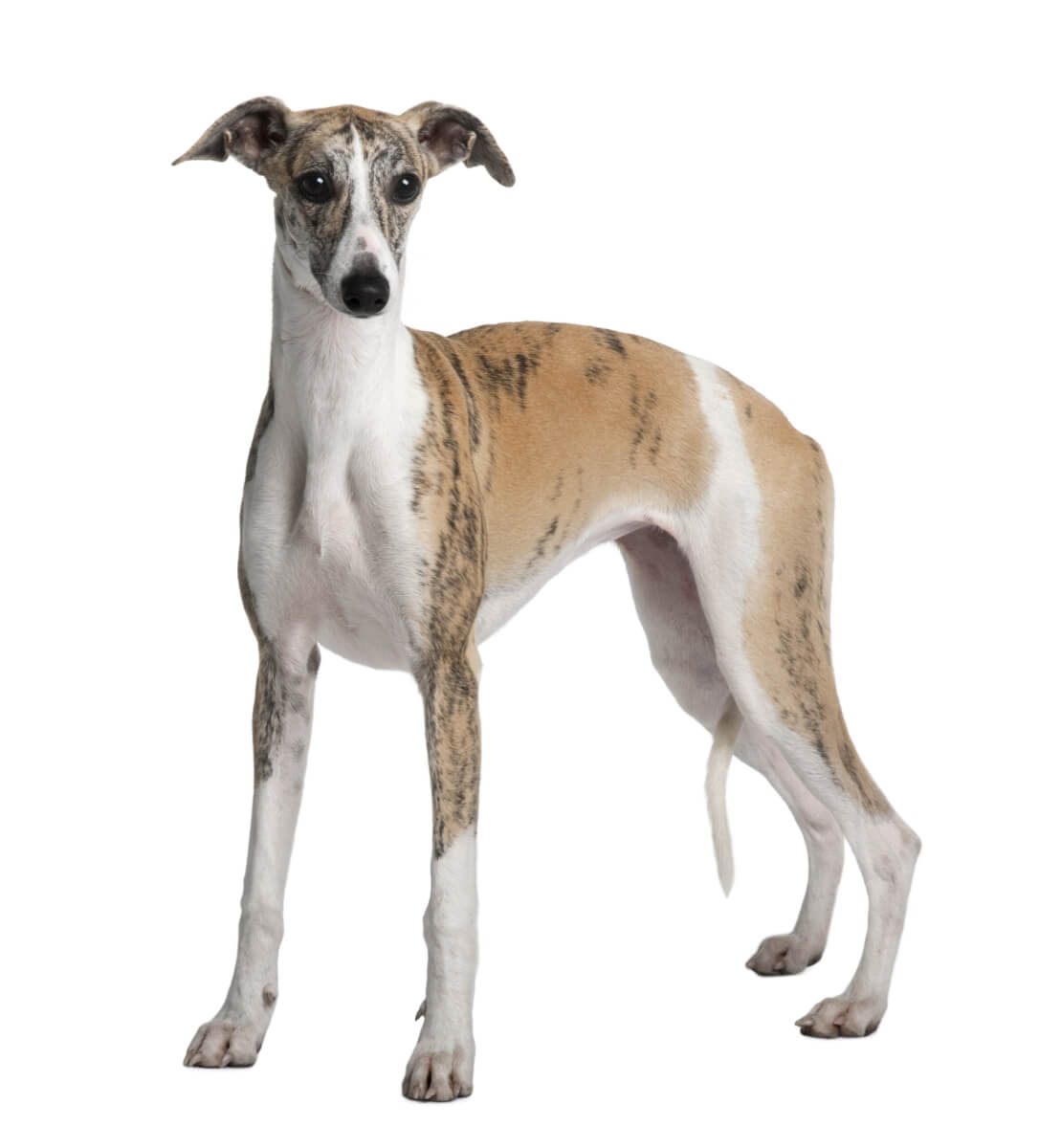
Just Food For Dogs brings up that although Whippets are much smaller than Greyhounds, they share many of the same physical attributes. See where we are going here? Their low body fat can’t handle the cold weather. They also have short and dense fur which does not hold in a lot of heat. This is because they were bred to race at 57 kms per hour (Bark).
Did we mention that the Whippet is related to the Greyhound? Looks like misery loves company in the cold. Bred in England, Whippets are more tolerant to the cold than Greyhounds, but still do not like it. Front of the Pack advises to equip them in warm clothes because they aren’t complainers.
6. Chinese Crested Dog
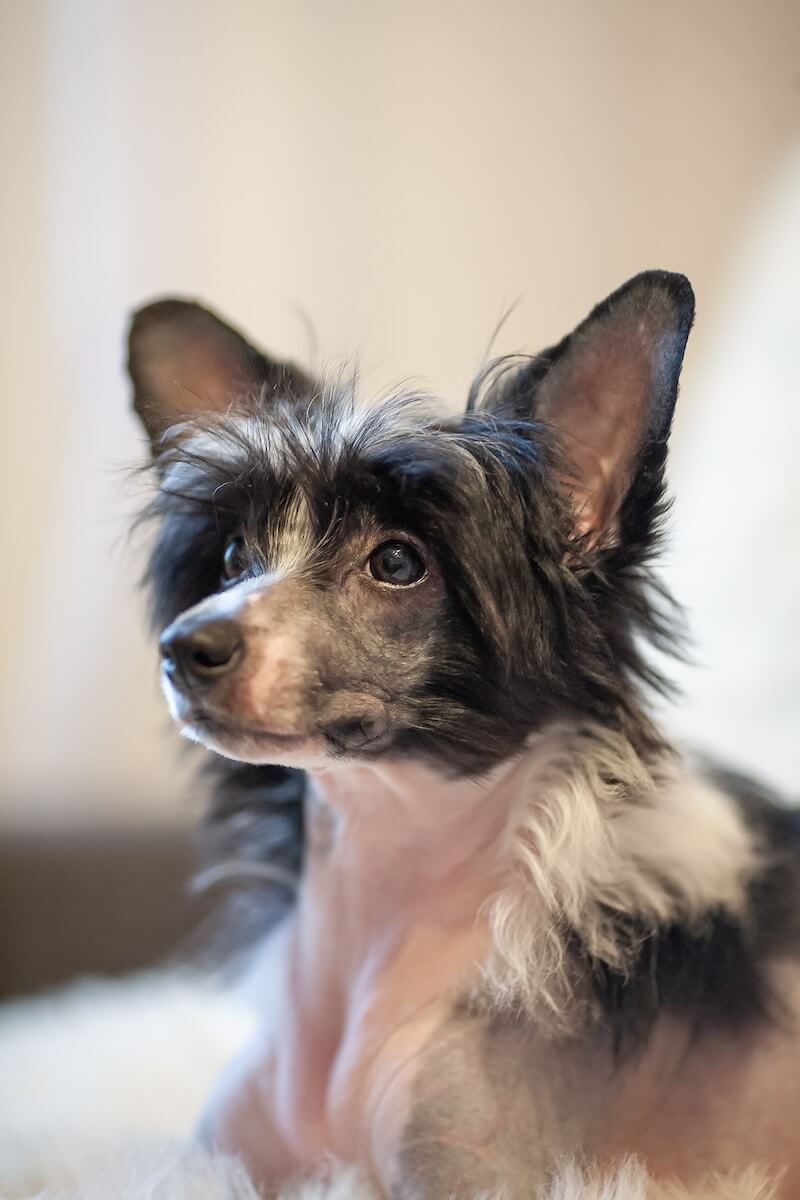
The Chinese Crested is the silly looking breed with hair around their heads and tails, but nothing on the body. That explains why they get the chills in the cold weather. Just Food For Dogs agrees they are yet another breed that needs a thick sweater to be in the snow or cold.
It really is a no brainer with this breed. With such a lack of fur on their bodies, it makes for plenty of reason to “limit their time outdoors when there are inclement weather conditions,” according to A-Z Animals.
The Chinese Crested surprisingly gives as much heat as he gets, radiating off of his exposed skin. Bark jokes, “if you walked around naked all the time, you’d be cold, too.”
7. Basset Hounds
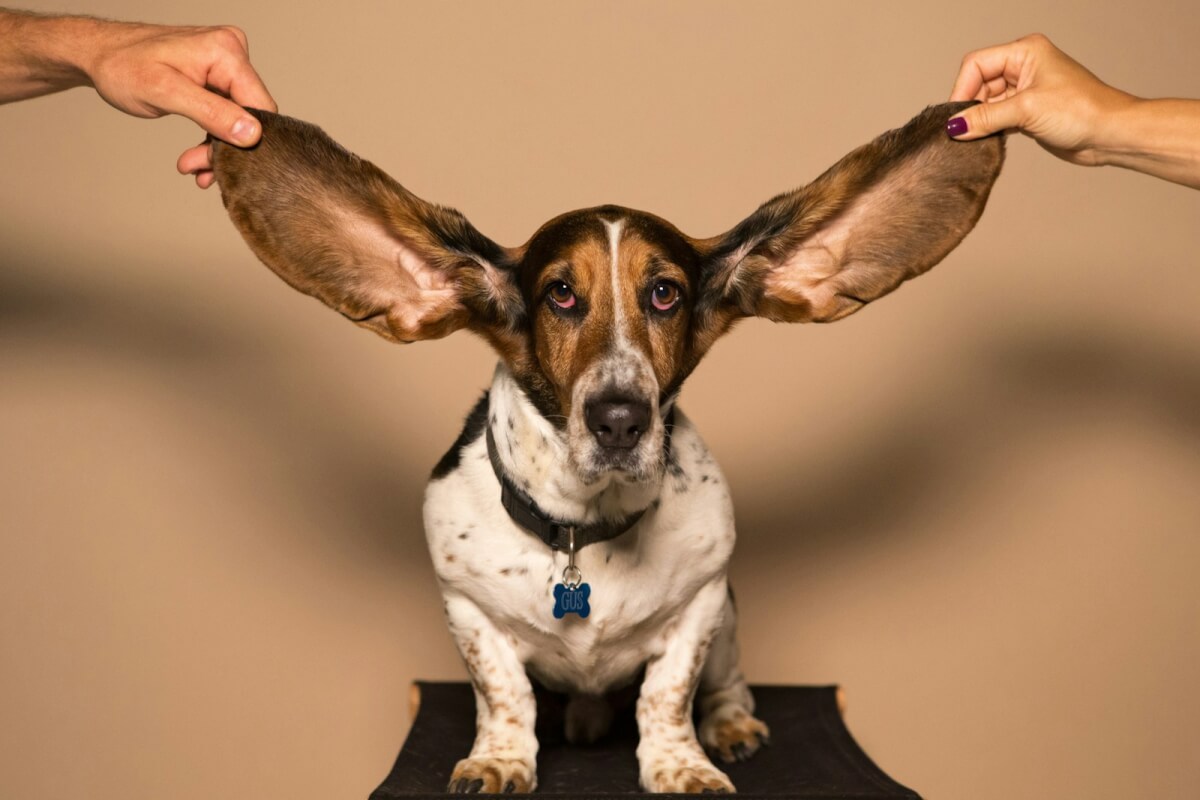
Basset Hounds are stocky, but they have have short legs and long ears which contribute to their difficulty getting around in the snow. They get cold easier due to this. Greenfield Puppies says it means “they tend to have more of their body in the snow because their bellies are often low enough to be in it!”
A Basset’s tummy also poses a problem as it is exposed to the cold wind. That said, they can handle mildly cold weather, but not bitter cold. Front of the Pack tells us that “the breed comes from Europe, where colder temperatures have always been normal.”
Their trademark floppy ears are partially to blame here when it comes to susceptibility to the chills. They hang so low they often brush against the ground as they sniff around. So, it’s important that you keep those ears protected, according to A-Z Animals.
Winter Care Tips for Sensitive Dogs:
If you are the proud owner of one of the dogs on this list, these are a few tips you can implement into your care routine in the winter or when your pooch is exposed to cold temperatures.
Limiting Outdoor Exposure:
- Adjust Walk Times: During extremely cold weather, shorten walks or skip them altogether if temperatures plummet or wind chills reach dangerous levels.
- Quick Potty Breaks: If walks are necessary, keep them brief, focusing on potty breaks rather than extended playtime.
Proper Gear for Walks:
- Protective Coat or Sweater: Invest in a well-fitting coat or sweater for your dog, especially if they have short fur. Consider factors like breed, size, and fur length when choosing the right gear.
- Booties for Paws: Protect your dog’s paws from the cold, ice, and salt/chemicals on the ground with booties. Choose a secure and comfortable fit that stays on during walks.
Post-Walk Care:
- Wipe Down Paws: After walks, thoroughly wipe down your dog’s paws with a damp towel to remove ice, snow, salt, or chemicals that can irritate their skin. You can even use a dog-safe paw balm for additional protection.
- Dry Wet Fur: If your dog gets wet from snow or rain, use a towel to dry them off as much as possible to prevent them from getting chilled.
You might also be interested in:
Sources:
- Better Pet
- Treat Your Dogs
- Just Food For Dogs
- Greenfield Puppies
- A-Z Animals
- Front of the Pack
- SheKnows
- Healthy Pet Systems
Note: This article was not paid for nor sponsored. StudyFinds is not connected to nor partnered with any of the brands mentioned and receives no compensation for its recommendations. This article may contain affiliate links in which we receive a commission if you make a purchase.
